Science News
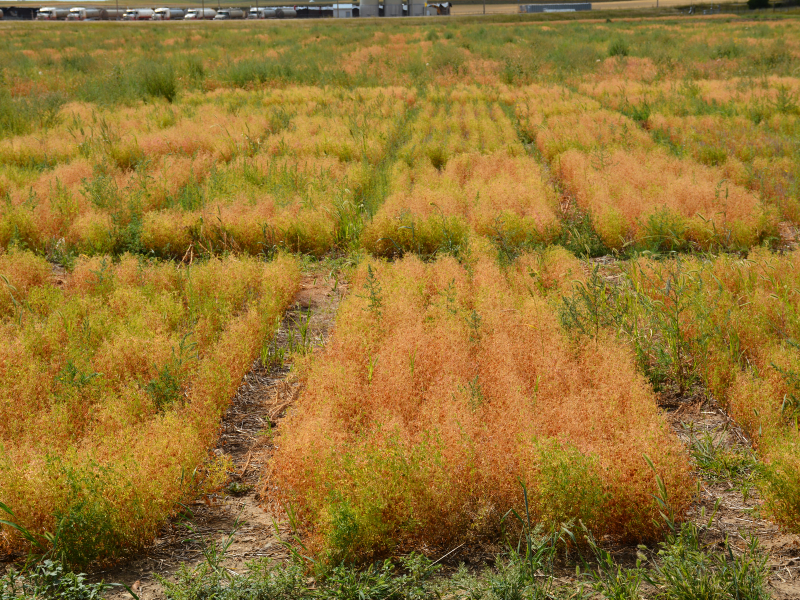
Lentils are an important and popular food in many parts of the world. They are also a nutritional powerhouse. This versatile legume is a great source of protein, carbohydrates, and fiber, and high in mineral nutrients and vitamins like iron, zinc, magnesium, potassium, and vitamin B.
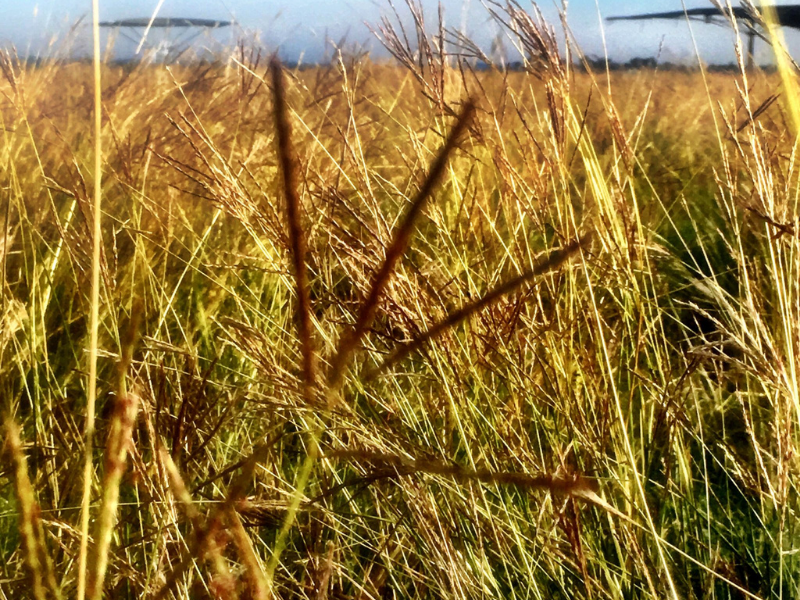
The Great Plains in the United States are well known for a rich history and expansive grasslands. This region is synonymous with ranchers herding cattle across the plains and a valuable resource for a growing population.
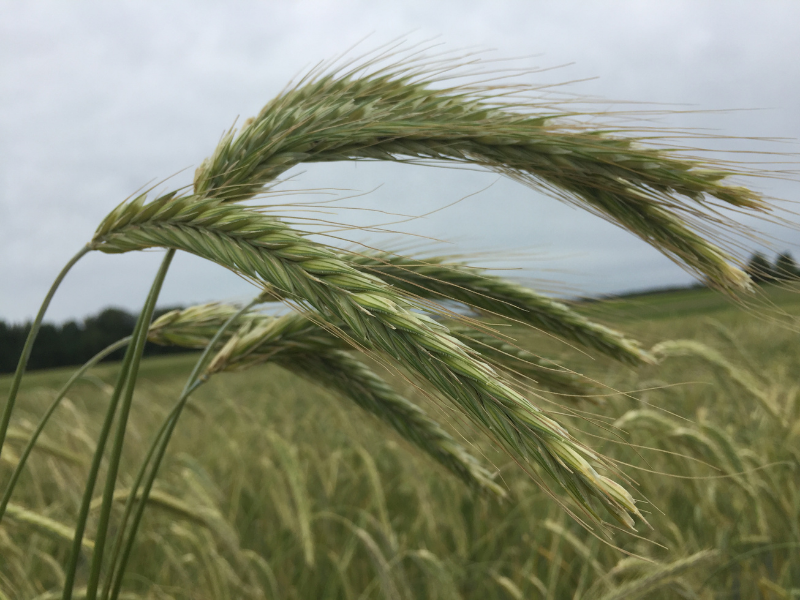
Understanding how a crop will grow in various places is key to getting more farmers to grow it. Rye is a cereal grain grown in parts of Europe, and although not a commonly grown crop in other regions, its characteristics make it a valuable option for farmers.
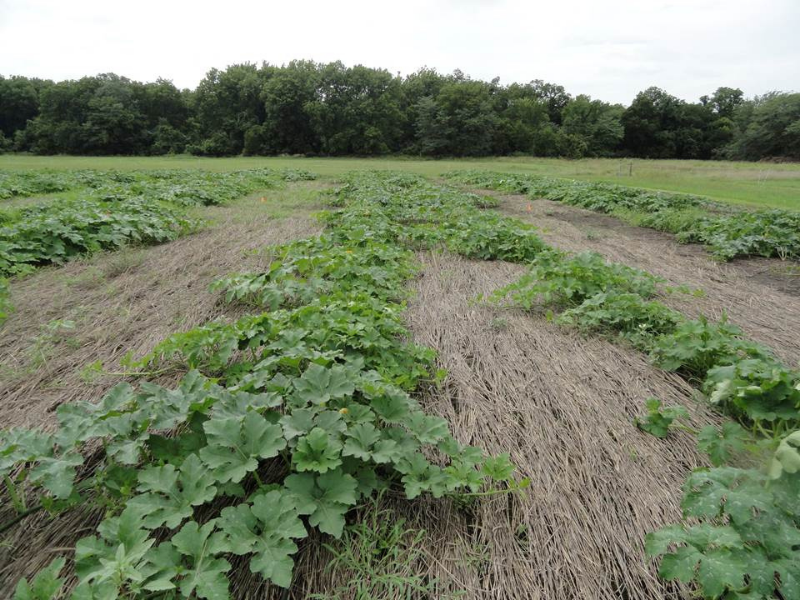
Pumpkins (Cucurbita pepo) are a common vegetable crop sold at local pumpkin patches and farmers markets. They are also used in commercial production (like canned pumpkin). In 2019, the value of harvested pumpkin was worth $180 million.
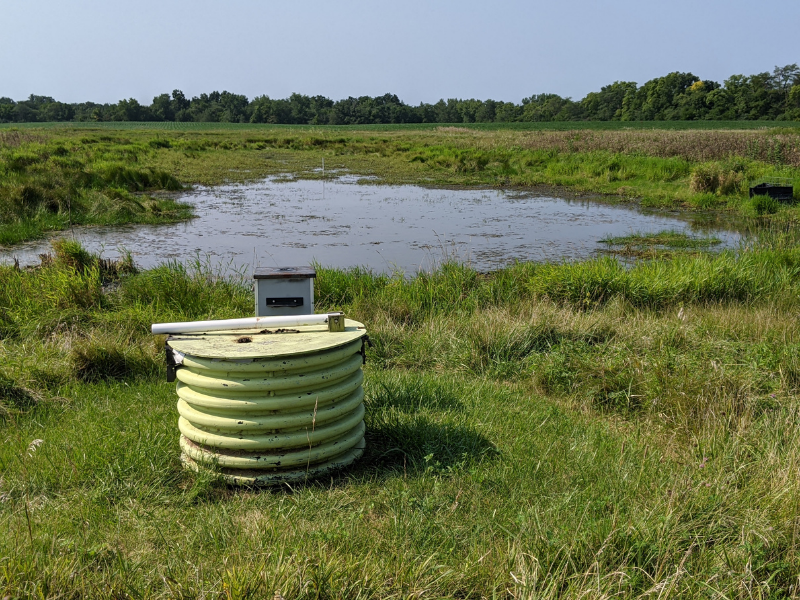
Crops need nutrients like nitrogen and phosphorus to grow and thrive. However, excess nutrients from farms can wash into streams and rivers, and even make their way into oceans. The surplus in nutrients can cause major damage to aquatic ecosystems; but small wetlands can be of tremendous help in reducing or preventing this damage.
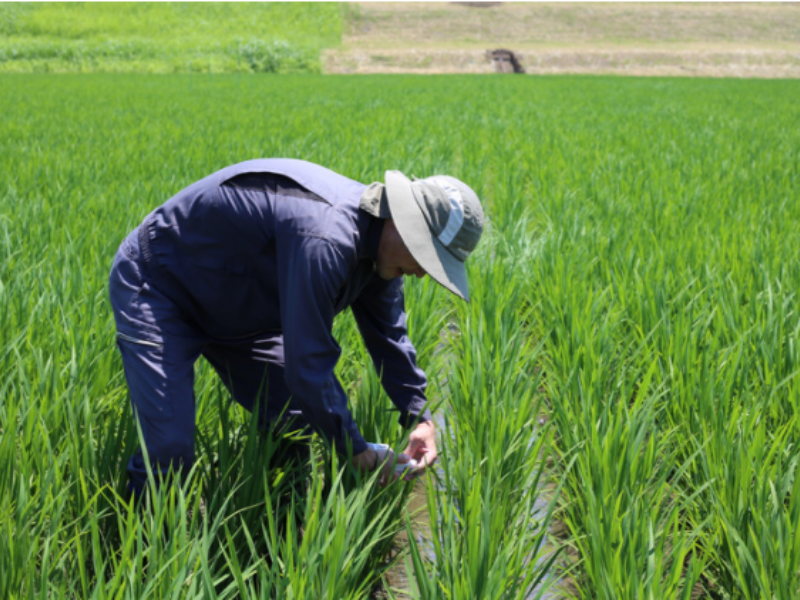
There’s a widespread problem in rice growing that you’ve probably never heard of. Rice plants that face elevated temperatures can produce “chalky grains” that are easily crushed during the milling process. This leads to lost profits because the price is lower for chalky grains than undamaged grains.
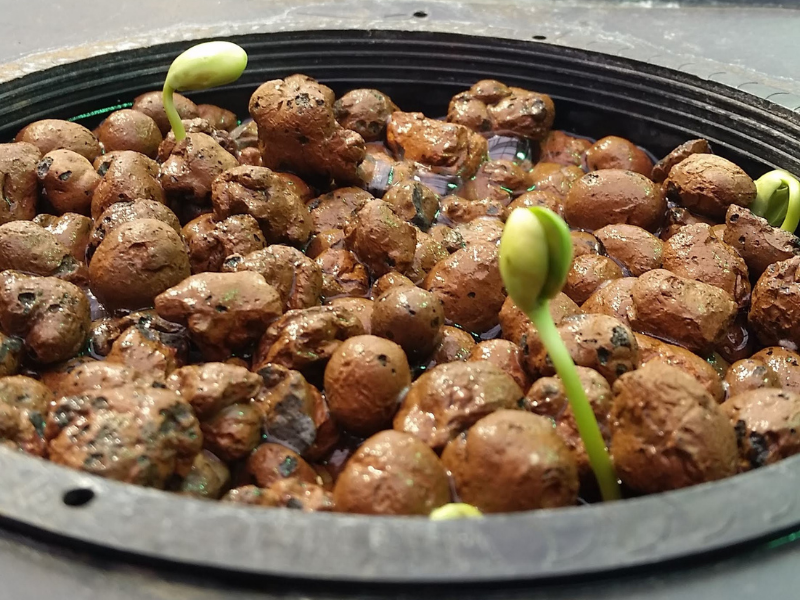
If you’ve ever looked at food labels in your local grocery store, you’ve probably seen soy listed as an ingredient. Even though soy is widespread in our foods, that doesn’t make the production of soy any easier for growers. One challenge facing soy growers is flooding.
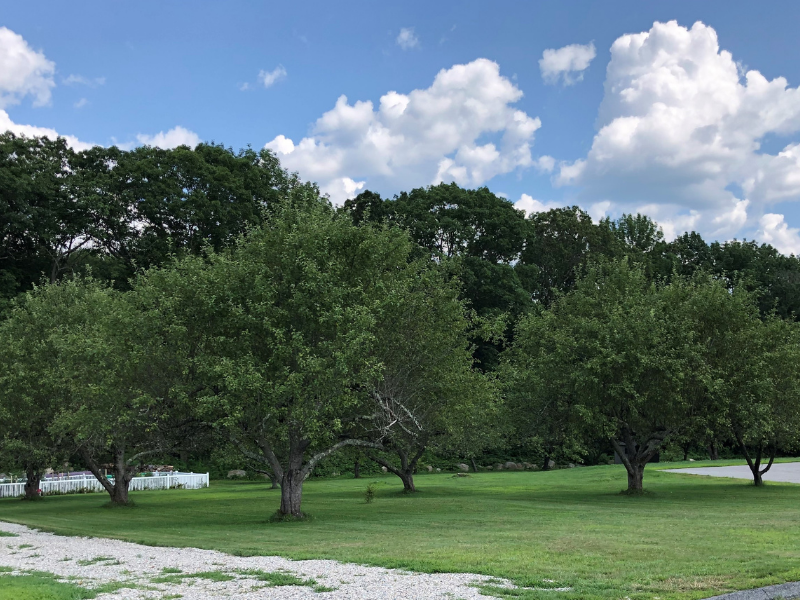
Abandoned orchards can be a beautiful sight. The neatly lined rows of trees often stick around for decades. Although beautiful, it may not be as easy to tell that there could be trouble below the surface. Harsh, toxic pesticides used in the past can linger in the soil. They might even make it to the groundwater and nearby wells.

Cowpea is an important crop in many parts of the world, especially sub-Saharan Africa. It is resilient and can grow in areas with little rainfall and low-quality soils. But as hardy as it is, cowpea yields can decrease by drought and low levels of soil phosphorus.
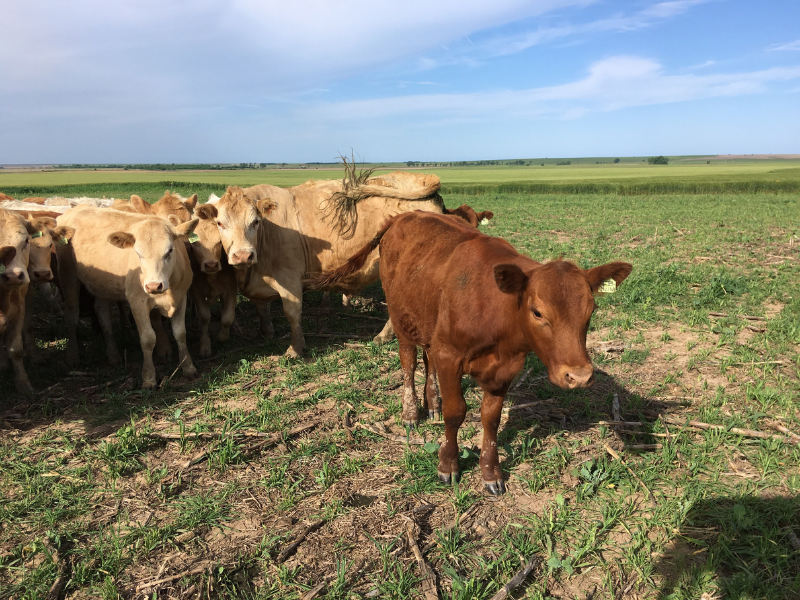
Cover crops do far more than cover soils. They provide an array of benefits, such as the ability to reduce soil erosion and increase soil health. They can help attract pollinators, repel pests, turn into ‘green manure,’ or can be used as feed for livestock.
